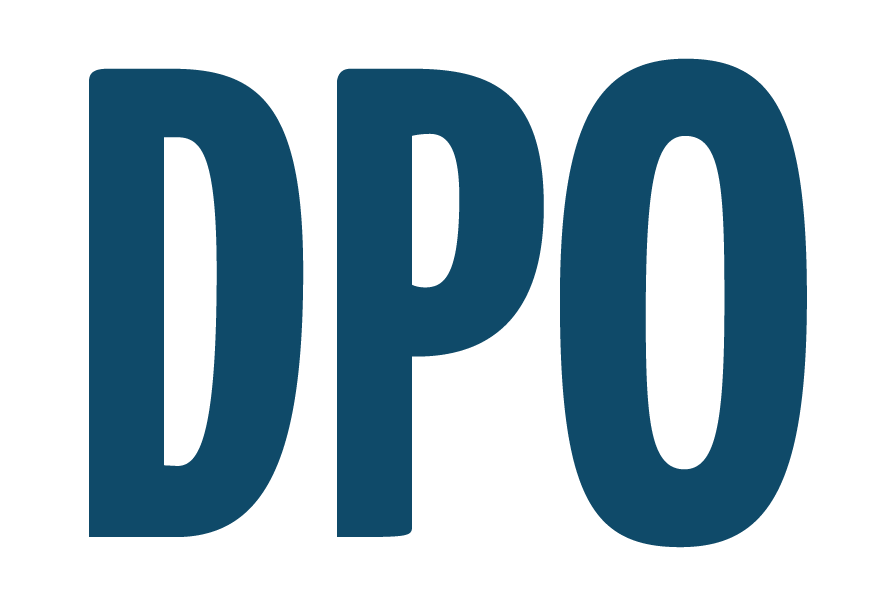Critical Chart of Accounts Best Practices
- Bogdan Büchner

- Oct 20, 2017
- 4 min read
Although some accounting gurus jump at the chance to improve their existing Chart of Accounts, others don’t even know how to start. Whether you’ve been down this road before or you’re a total novice, the task takes time, effort and intelligent planning. Here’s everything you need to know to engineer a chart of accounts that scales with your organization and helps you succeed.
What makes an impactful COA? Organizational leaders, procurement managers and accountants have different definitions of best practices. Most agree, however, that augmenting standard accounting principles with enterprise-specific items is key.
Try to establish parity between your chart of accounts and your financial statements by arranging items according to their classifications and then their liquidity. By keeping the order of your accounts consistent across all documents, you make it easier to communicate.
Distinct business models call for unique COAs. Most, however, use schemes that include
Liabilities
Equity
Revenue
Cost of Goods Sold
Operating Expenses, and
Other Income and Expenses.
The Five Keys to Effective Chart of Accounts Planning
Now that you understand the core principles, it’s time to get the process moving. Successful chart of accounts planning projects typically incorporate these five essential steps:
1. Always Begin With a Roadmap
As with any major project, you won’t get far planning a new COA without a blueprint. Much like constructing a building, you need a framework that meets your demands.
Start by defining the criteria that your chart of accounts must fulfill. Consider factors such as your
Reporting requirements,
KPIs and enterprise metrics,
Stakeholders’ expressed needs, and
Financial reports that might be useful.
The resulting list of existing and upcoming requirements will reveal the major concepts that your COA must address. Designing around this overall structure and then focusing on the account-level details is the easiest way to identify appropriate financial categories for your balance sheets, income statements and other reports.
From here, you can expand your hierarchy of accounts. Divide the categories you’ve already come up with into subaccounts and subgroups as necessary. When in doubt, pursue however much granularity you need to maintain meaningful reporting practices without adding to your process burdens.
COAs thrive on precise definitions, but they’re most useful as frameworks. Find a happy medium that lets you generate useful metrics without needing to spend eons manipulating data.
2. Meet Your Reporting Needs Through Statistics and Segmentation
Many accounting systems let users create multiple segments and dimensions. This kind of account classification lets you draw more insights from your COA and track potentially complex processes, such as e-procurement.
What kinds of segmentation should you use? Stick to logical definitions, such as
Entity,
Profit center,
Cost Center,
Department,
Product, and
Region.
Sensible segments make accounting systems more useful. For instance, apps like Microsoft Dynamics GP allow you to track statistical information via custom unit accounts. When you’re identifying new procurement KPIs or performing metrics reporting, being able to zone in on these kinds of factors goes a long way.
3. Focus on Scalable Flexibility
Revamping your chart of accounts is a good idea, but it’s not the kind of project you want to tackle every couple of months. Make your COA last as long as possible by designing a flexible implementation that grows with your company.
Your firm is going to change, and your fundamental business model may even undergo major overhauls. Plan to accommodate such transitions. For instance, there’s nothing wrong with adding extra empty digits to an account string or using modular software architectures that let you deploy linked accounting systems as you open branches and retail locations.
4. Organize Your Accounts Logically
Alpha-numeric account identifiers are common, but they pale in comparison to numerical values. With numbers, you don’t have to deal with complicated general ledger ordering schemes. It’s also easier for humans to read and enter data, and computerized sorting results actually make sense. Although you’ll need to avoid leading zeros for Excel export compatibility, this is a small price to pay for simplicity.
Keep your numbering scheme as simple as possible without making it devoid of logic. For instance, you might start all asset accounts with a 2 and reserve other leading digits for other classifications.
Maintain orderly subgroups. Going back to the previous asset example, you could reserve ranges such as 2,000 to 2,499 for current assets. Next, you could continue subdividing this range for categories like accounts receivable, short-term investments and other subaccounts.
If you create sufficiently large ranges to accommodate future growth, you’ll have no problem keeping things straightforward. This is one area where having a comprehensive chart of accounts blueprint comes in handy.
5. Devise a Standardization Scheme Early, and Stick to It
Finally, standardize your account numbering and description rules. Each description should provide enough information so that someone could dive in even if they were completely unfamiliar with your system.
General ledger account definitions are essential because they help your accounting team code transactions consistently. Rigid governance is your only hope of running multiple locations successfully. Designate an owner that can keep the chart of accounts updated as your regulatory compliance obligations and business model evolve.
Is Your Accounting System Producing Optimal Results?
Your new accounting software’s success ultimately depends on how well you plan your chart of accounts. True, you’ll need to devote special effort to getting started, but taking the extra time now will result in a superior financial reporting system later.
COAs that leverage these implementation practices help your stakeholders do more with data. By transforming raw information into actionable insights, your chart of accounts can become the motive force behind mission-critical business decisions. Be sure you take the time to plan and build a system that suits your needs.




